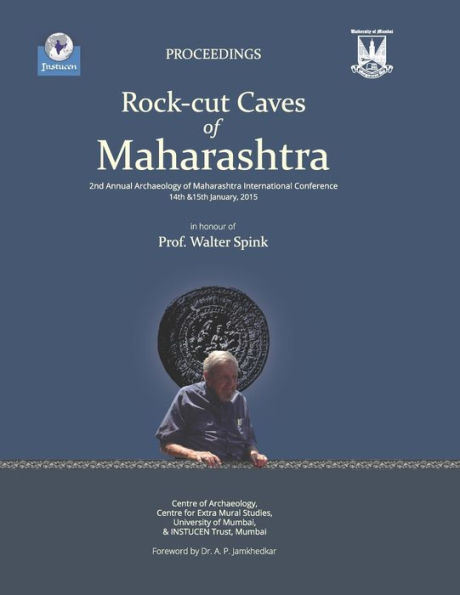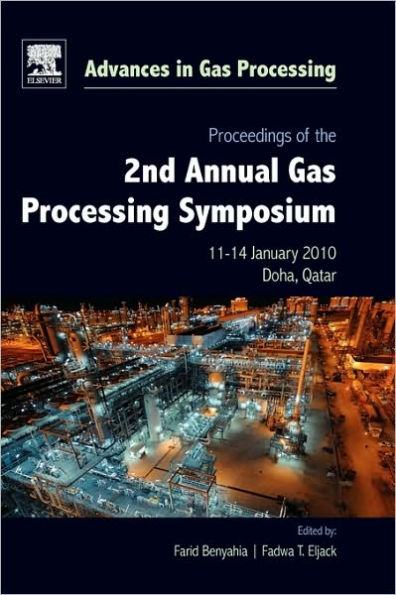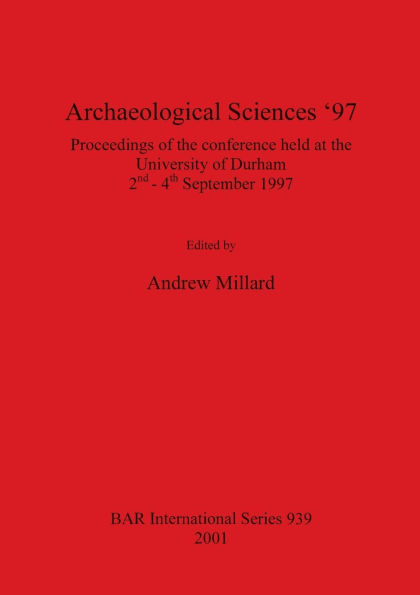Home
Rock-Cut Caves of Maharashtra: Proceedings of the 2nd Annual Archaeology of Maharashtra International Conference in honour of Prof. Walter Spink, 14 & 15 January 2015
Barnes and Noble
Loading Inventory...
Rock-Cut Caves of Maharashtra: Proceedings of the 2nd Annual Archaeology of Maharashtra International Conference in honour of Prof. Walter Spink, 14 & 15 January 2015 in Franklin, TN
Current price: $7.99

Barnes and Noble
Rock-Cut Caves of Maharashtra: Proceedings of the 2nd Annual Archaeology of Maharashtra International Conference in honour of Prof. Walter Spink, 14 & 15 January 2015 in Franklin, TN
Current price: $7.99
Loading Inventory...
Size: OS
In the words of Prof. Geri Malandra, "these papers demonstrate that the sites themselves are often the most compelling "texts" about themselves. These studies can greatly amplify and deepen our knowledge of the history and culture, continuity and innovation in ancient Maharashtra. In the "Spink tradition," the scholars at the seminar challenged many aspects of rock-cut studies:•Reappraising chronologies: Prof. Alone questioned what the concept of "hiatus" meant at Ajanta; Dr. Bhalerao re-analyzed Nasik's developmental sequence and meaning; Dr. Jamkhedkar refuted previous assumptions about the sequence of the later Brahmanical caves. •Sectarian transitions and implications for timelines: Dr. Dhavalikar reappraised assumptions and data about Ajanta's Hinayana/Mahayana transition, refuting Schlingloff's conclusions about dates and sequence.•Patronage and use of caves: Dr. Shah described in detail the patterns of patronage of the Jain caves; Prof. Dandekar used inscriptional evidence to query what Buddhist people - not just the rulers/patrons actually did; Prof. Haldar outlined a comprehensive compilation of patterns of Satavahana-period donations; Dr. Pandit used archaeological, art historical, and textual evidence to decode how Kanheri used by Mahayana and esoteric Buddhist sects.•Technological innovation and continuity, regional distinctiveness and interaction: Prof. Sundara clarified the sequence and antecedents of Calukya sites and sculpture; Dr. Mane demonstrated the very ancient megalithic antecedents of Vidarbha's rock-cut tradition; Dr. Garge shed light on the roots of Daulatabad fort's excavation in much earlier rock-cut techniques.•More recent discoveries: Dr. Welankar reappraised the sequence of Brahmanical caves at Shiur; Prof. Ganvir illustrated how there is more to know but documenting the many rock cut caves discovered over the past six decades.The seminar conveners assembled a unique group of scholars whose papers cover an extraordinary range of topics tracing Maharashtra's rock-cut tradition and techniques, from prehistoric megalithic culture to its latest expression in the great Daulatabad fort complex."This volume is published by the India Centre Trust, in honor of Dr. Spink's legacy.
In the words of Prof. Geri Malandra, "these papers demonstrate that the sites themselves are often the most compelling "texts" about themselves. These studies can greatly amplify and deepen our knowledge of the history and culture, continuity and innovation in ancient Maharashtra. In the "Spink tradition," the scholars at the seminar challenged many aspects of rock-cut studies:•Reappraising chronologies: Prof. Alone questioned what the concept of "hiatus" meant at Ajanta; Dr. Bhalerao re-analyzed Nasik's developmental sequence and meaning; Dr. Jamkhedkar refuted previous assumptions about the sequence of the later Brahmanical caves. •Sectarian transitions and implications for timelines: Dr. Dhavalikar reappraised assumptions and data about Ajanta's Hinayana/Mahayana transition, refuting Schlingloff's conclusions about dates and sequence.•Patronage and use of caves: Dr. Shah described in detail the patterns of patronage of the Jain caves; Prof. Dandekar used inscriptional evidence to query what Buddhist people - not just the rulers/patrons actually did; Prof. Haldar outlined a comprehensive compilation of patterns of Satavahana-period donations; Dr. Pandit used archaeological, art historical, and textual evidence to decode how Kanheri used by Mahayana and esoteric Buddhist sects.•Technological innovation and continuity, regional distinctiveness and interaction: Prof. Sundara clarified the sequence and antecedents of Calukya sites and sculpture; Dr. Mane demonstrated the very ancient megalithic antecedents of Vidarbha's rock-cut tradition; Dr. Garge shed light on the roots of Daulatabad fort's excavation in much earlier rock-cut techniques.•More recent discoveries: Dr. Welankar reappraised the sequence of Brahmanical caves at Shiur; Prof. Ganvir illustrated how there is more to know but documenting the many rock cut caves discovered over the past six decades.The seminar conveners assembled a unique group of scholars whose papers cover an extraordinary range of topics tracing Maharashtra's rock-cut tradition and techniques, from prehistoric megalithic culture to its latest expression in the great Daulatabad fort complex."This volume is published by the India Centre Trust, in honor of Dr. Spink's legacy.

















